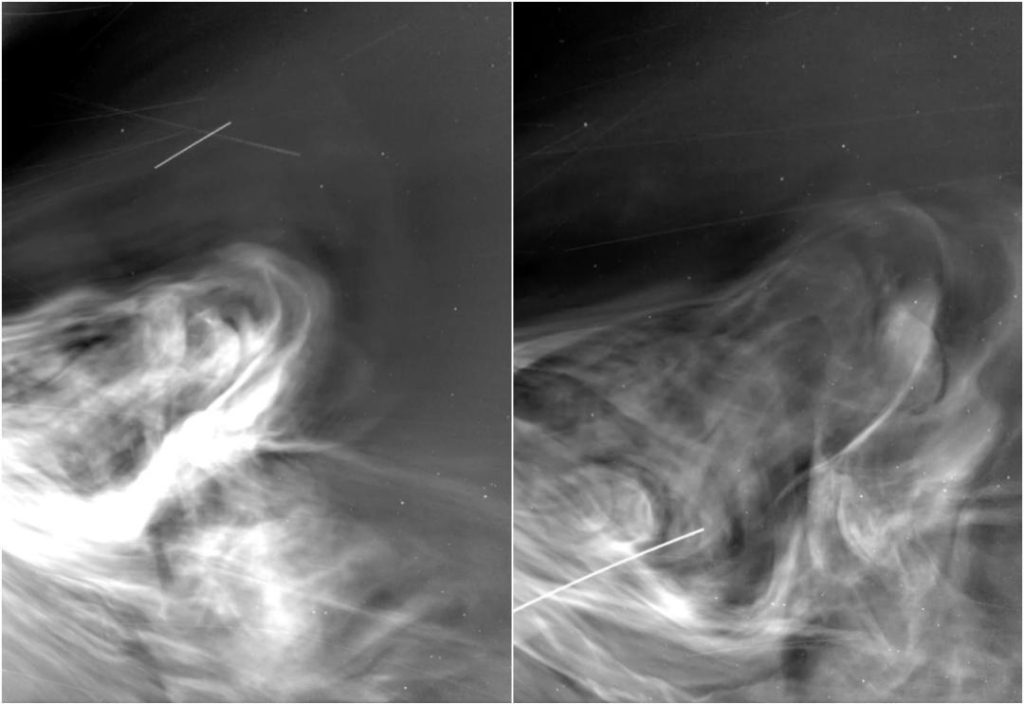
NASA’s Parker Solar Probe Captures Closest-Ever Images of the Sun
The Parker Solar Probe, a NASA mission, has made history by capturing the closest-ever images of the Sun. The spacecraft, launched in 2018, has been on a mission to study the Sun’s corona, the outer atmosphere of the star, and has now achieved a milestone by capturing images of the Sun’s surface at a distance of just 3.8 million miles (6.1 million kilometers). These images are not only breathtaking but also provide crucial data that will help scientists understand the mysteries of the solar wind and improve space weather predictions.
The solar wind is a stream of charged particles, known as plasma, that flows away from the Sun and interacts with the magnetic fields of planets and other objects in the solar system. Understanding the solar wind is crucial for ensuring the safety of astronauts and the protection of technology on Earth and across the solar system. The Parker Solar Probe’s close-up images of the Sun’s surface will help scientists better understand the mechanisms that drive the solar wind and improve predictions of space weather events.
The images captured by the Parker Solar Probe show three coronal mass ejections (CMEs), which are massive bursts of plasma and magnetic field that can affect the Earth’s magnetic field and cause aurorae to appear at lower latitudes. The CMEs were captured by the probe’s Wide-field Imager for Parker Solar Probe (WISPR) instrument, which is designed to study the solar wind and its interaction with the Sun’s corona.
The WISPR instrument uses a combination of filters and polarizers to capture images of the solar wind and the Sun’s corona. The images are then transmitted back to Earth, where they are analyzed by scientists to better understand the dynamics of the solar wind and its impact on the solar system.
The Parker Solar Probe’s closest approach to the Sun, known as perihelion, occurred on November 5, 2021, when the spacecraft was just 3.8 million miles (6.1 million kilometers) from the solar surface. At this distance, the spacecraft is exposed to intense heat and radiation from the Sun, making it one of the most challenging environments for a spacecraft to operate in.
The Parker Solar Probe’s mission is to study the Sun’s corona and the solar wind over a period of seven years. During this time, the spacecraft will make repeated close approaches to the Sun, allowing scientists to capture a wide range of data and images that will help us better understand the Sun and its impact on the solar system.
The data collected by the Parker Solar Probe will also help scientists improve their understanding of the Sun’s internal dynamics and the mechanisms that drive the solar wind. This knowledge will be crucial for predicting space weather events, such as solar flares and CMEs, which can affect the Earth’s magnetic field and cause aurorae to appear at lower latitudes.
The Parker Solar Probe’s mission is a testament to NASA’s commitment to exploring the Sun and the solar system. The spacecraft is part of a larger effort to understand the Sun’s impact on the solar system and to develop better predictions of space weather events.
In conclusion, the Parker Solar Probe’s closest-ever images of the Sun are a significant achievement that will help scientists better understand the mysteries of the solar wind and improve space weather predictions. The data collected by the spacecraft will also provide insights into the Sun’s internal dynamics and the mechanisms that drive the solar wind. The Parker Solar Probe’s mission is a reminder of the importance of space exploration and the potential for scientific discovery that lies ahead.






